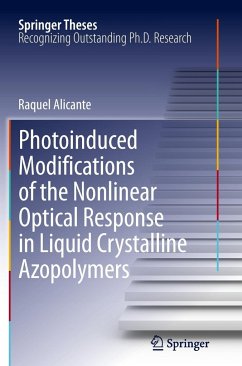In recent years, ever more electronic devices have started to exploit the advantages of organic semiconductors. The work reported in this thesis focuses on analyzing theoretically the energy level alignment of different metal/organic interfaces, necessary to tailor devices with good performance. Traditional methods based on density functional theory (DFT), are not appropriate for analyzing them because they underestimate the organic energy gap and fail to correctly describe the van der Waals forces.
Since the size of these systems prohibits the use of more accurate methods, corrections to those DFT drawbacks are desirable. In this work a combination of a standard DFT calculation with the inclusion of the charging energy (U) of the molecule, calculated from first principles, is presented. Regarding the dispersion forces, incorrect long range interaction is substituted by a van der Waals potential. With these corrections, the C60, benzene, pentacene, TTF and TCNQ/Au(111)interfaces are analyzed, both for single molecules and for a monolayer. The results validate the induced density of interface states model.
Since the size of these systems prohibits the use of more accurate methods, corrections to those DFT drawbacks are desirable. In this work a combination of a standard DFT calculation with the inclusion of the charging energy (U) of the molecule, calculated from first principles, is presented. Regarding the dispersion forces, incorrect long range interaction is substituted by a van der Waals potential. With these corrections, the C60, benzene, pentacene, TTF and TCNQ/Au(111)interfaces are analyzed, both for single molecules and for a monolayer. The results validate the induced density of interface states model.








